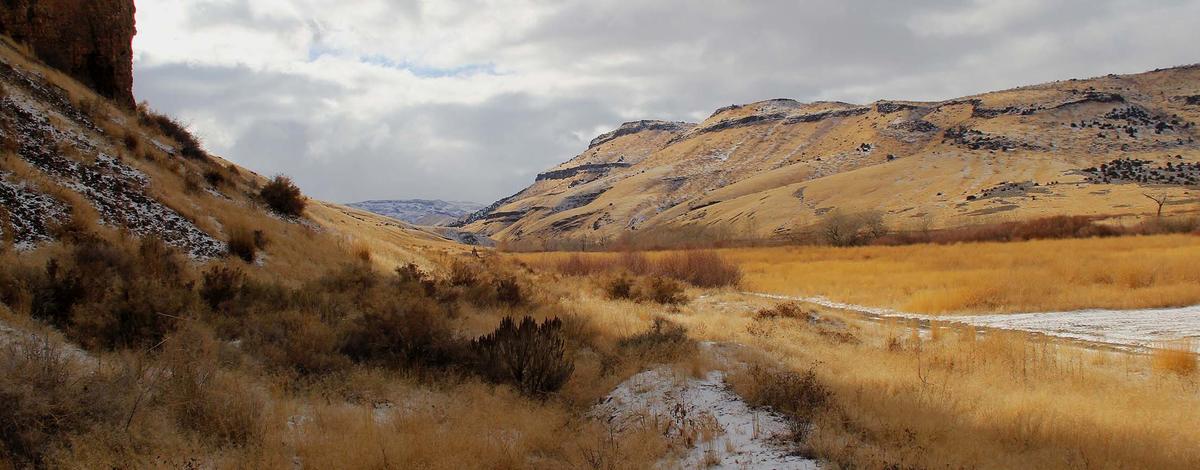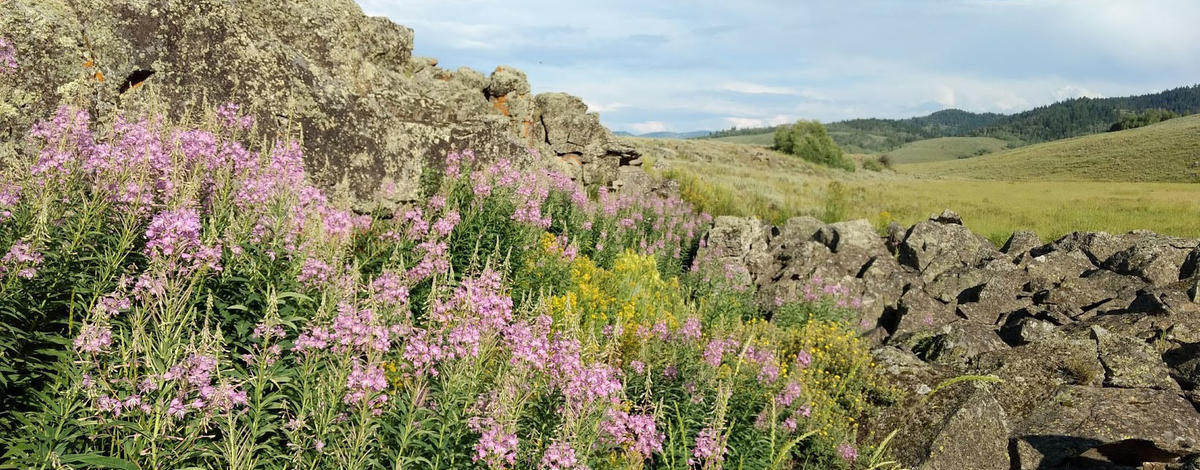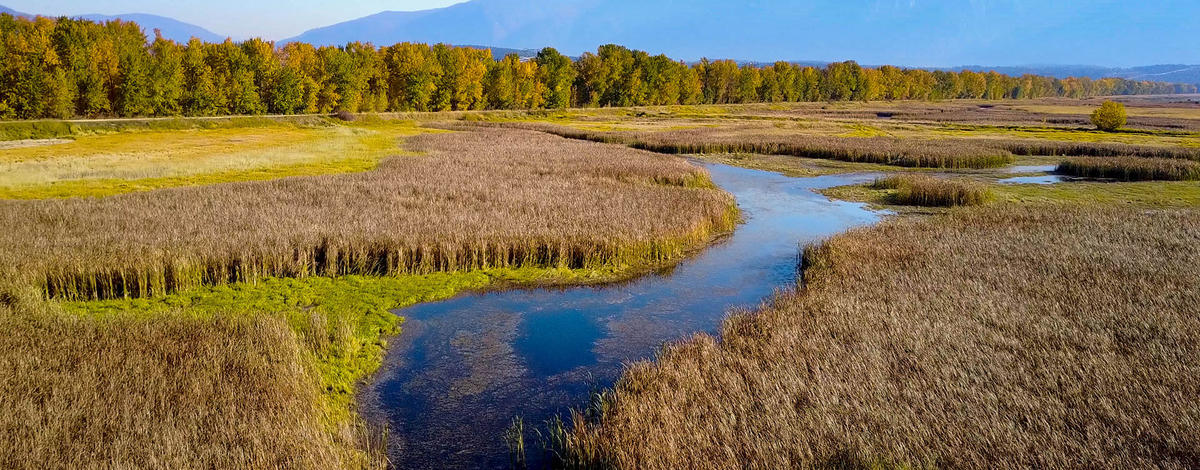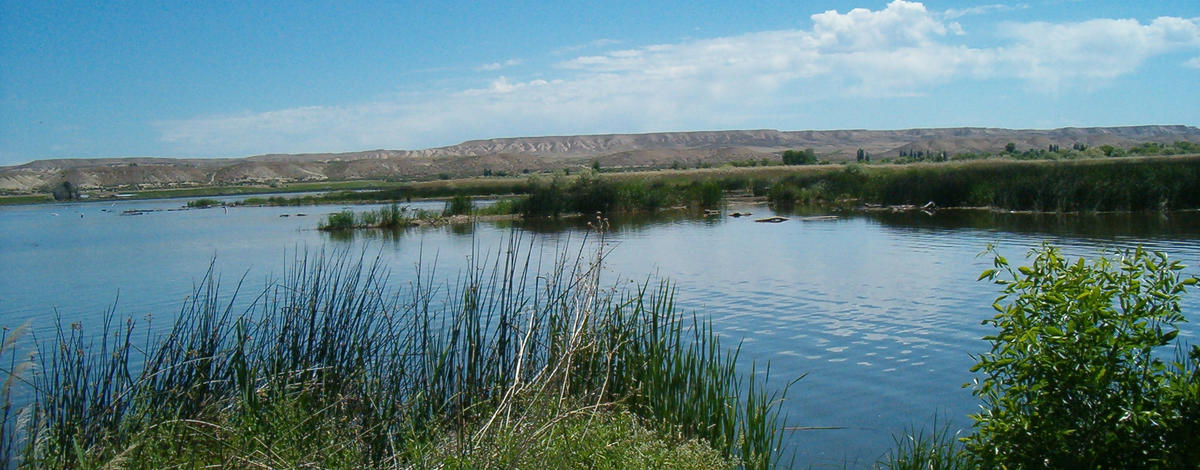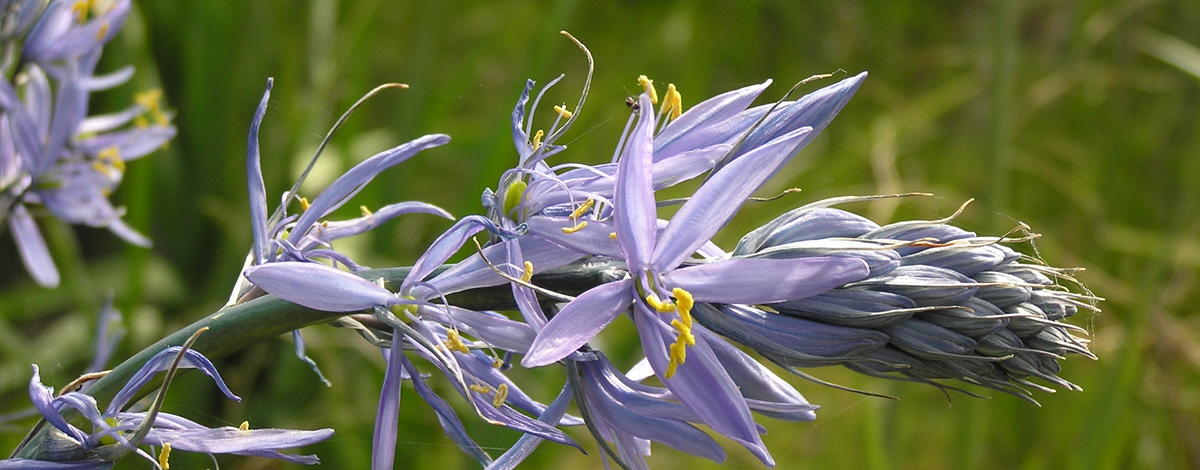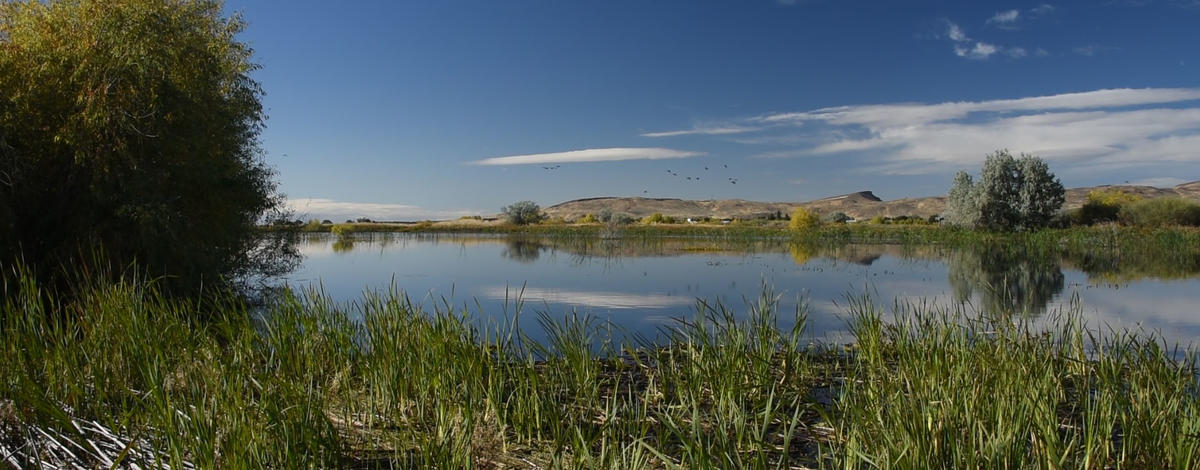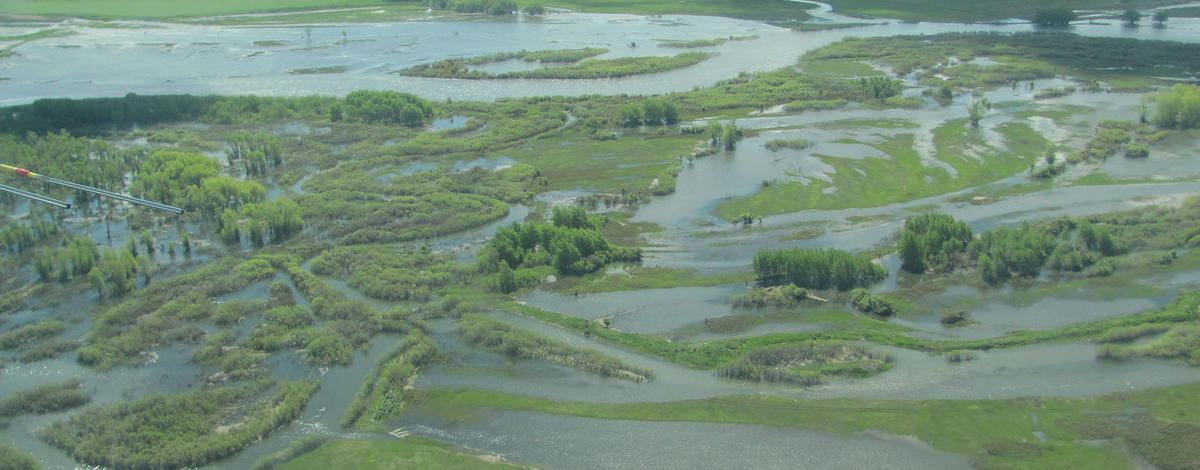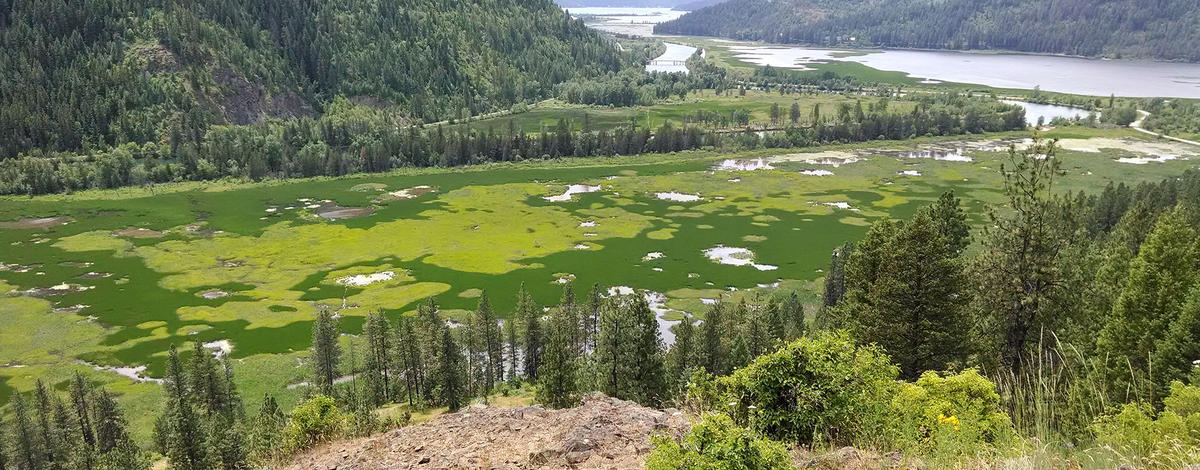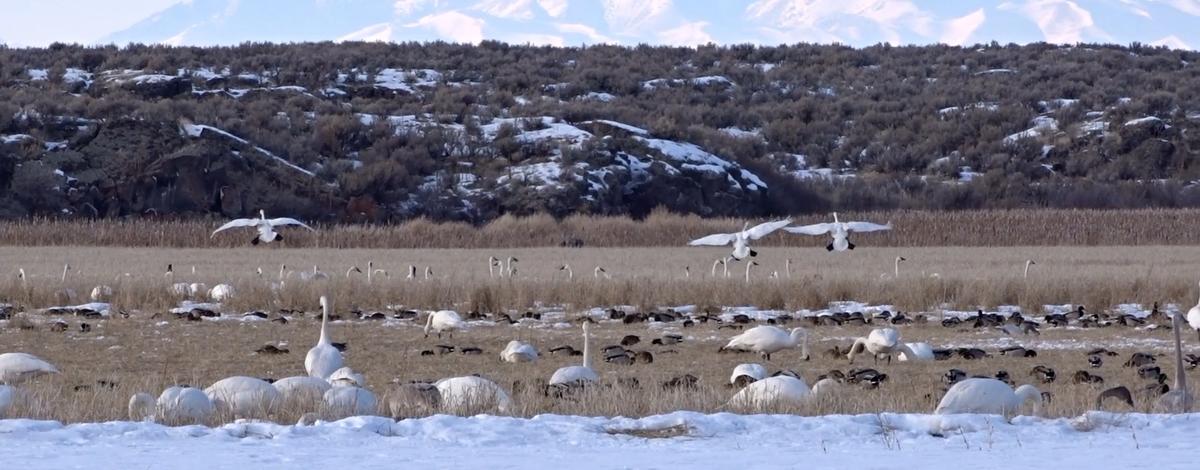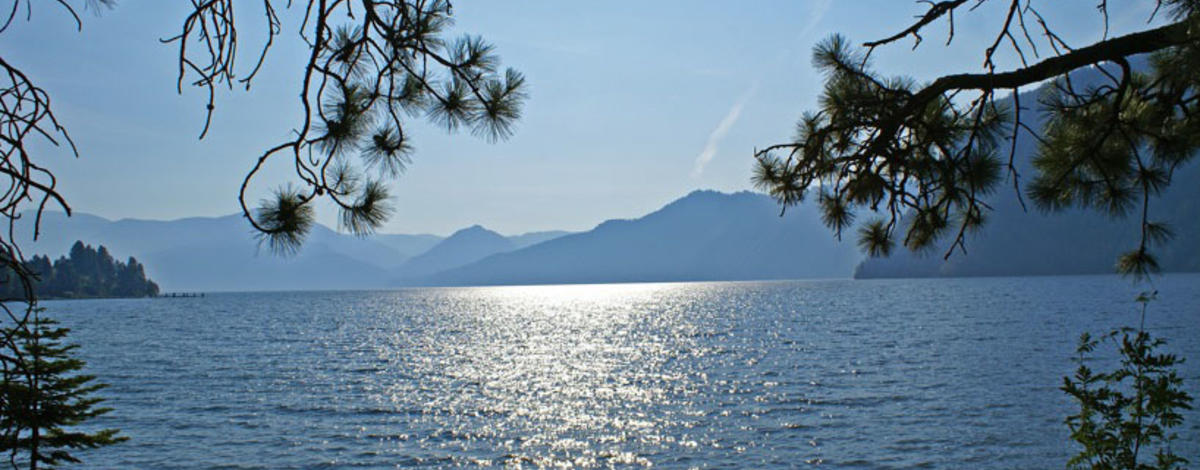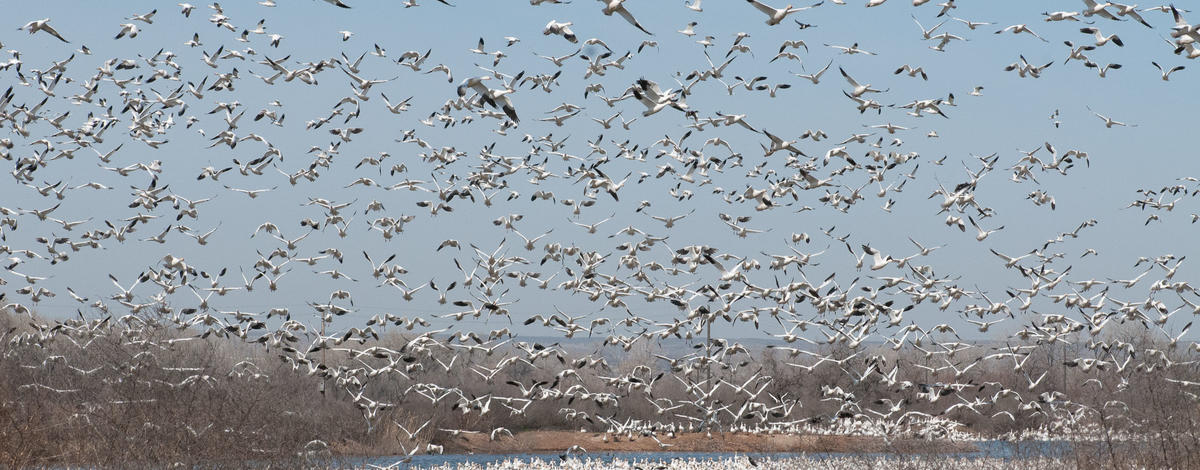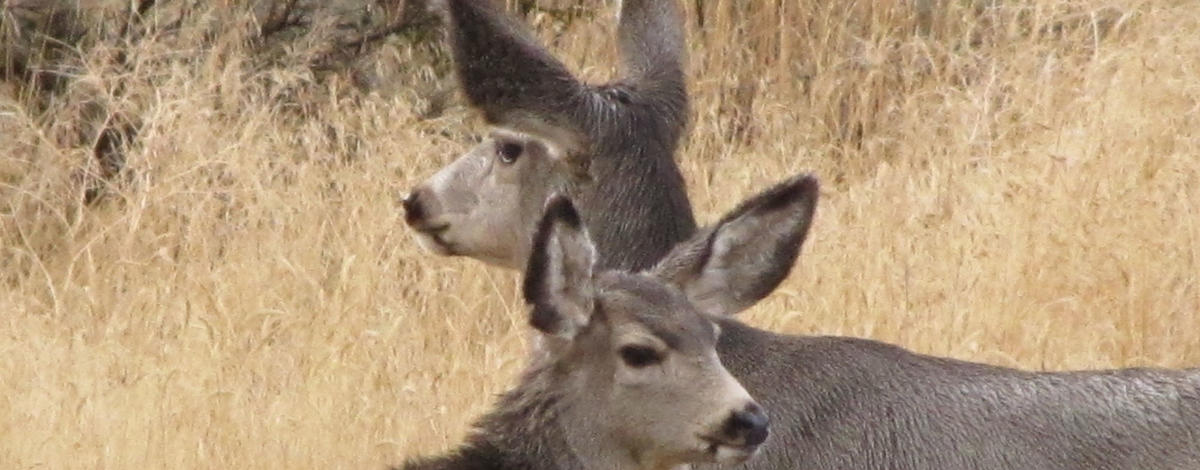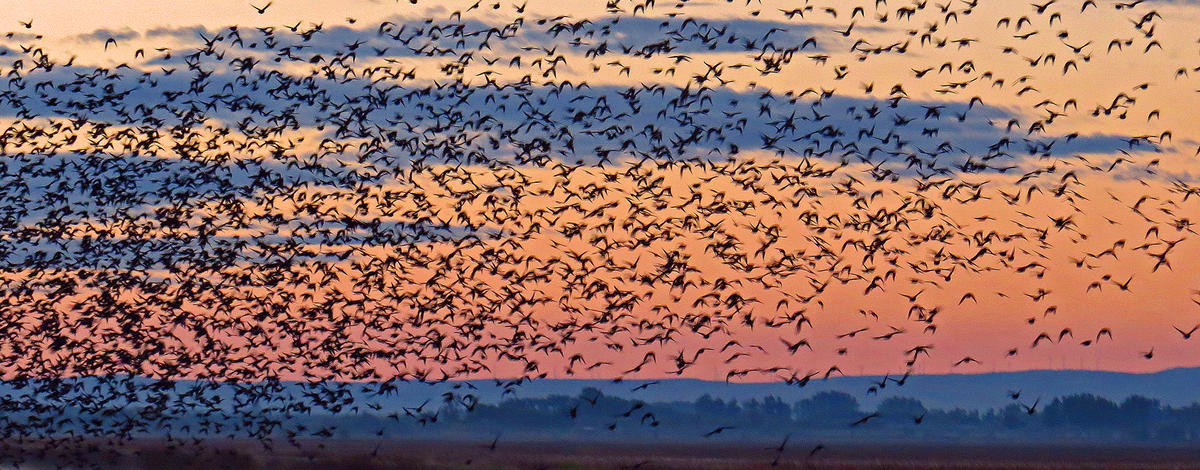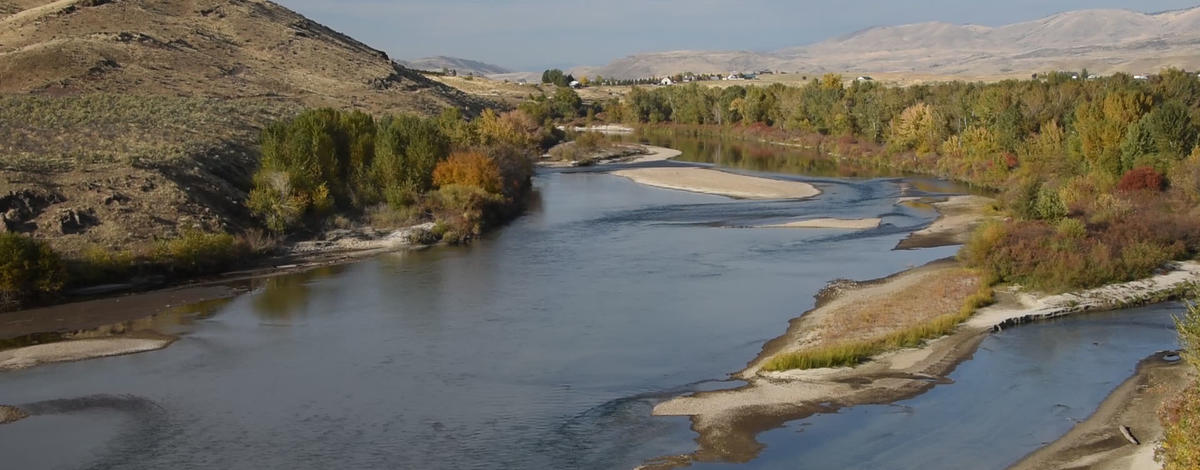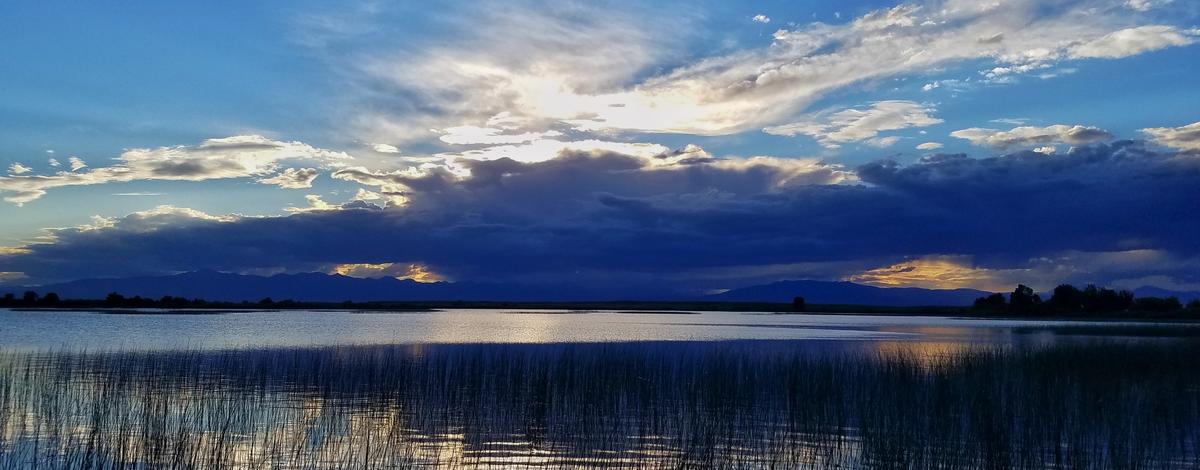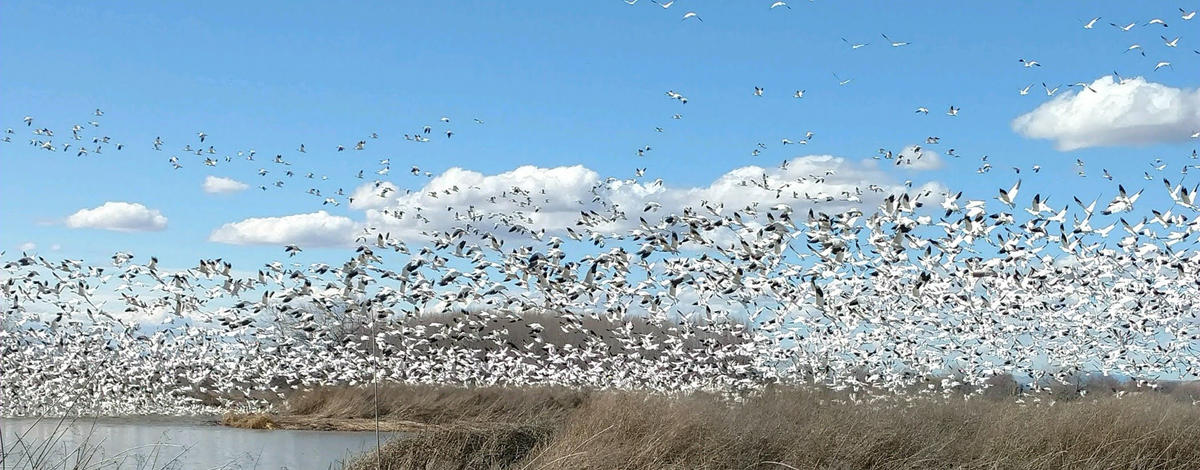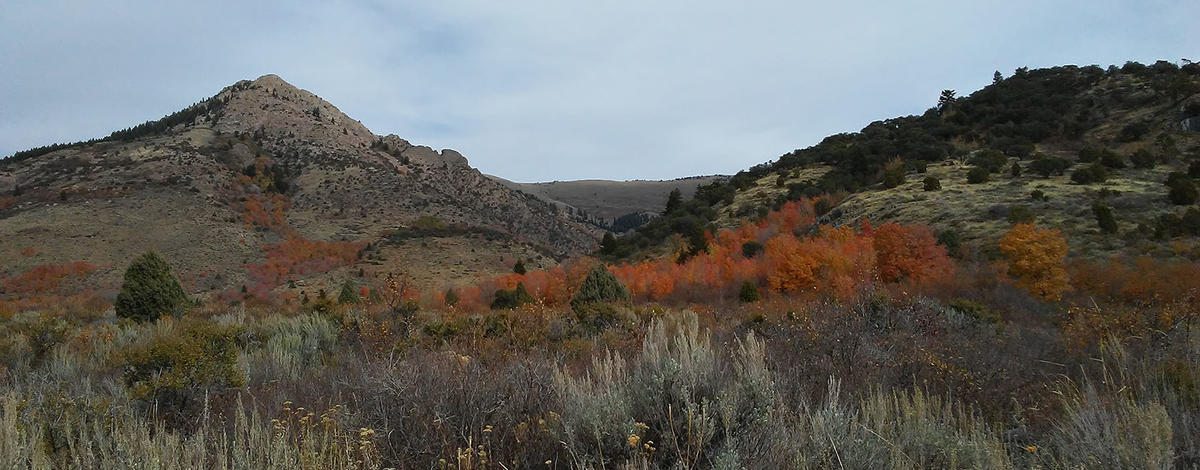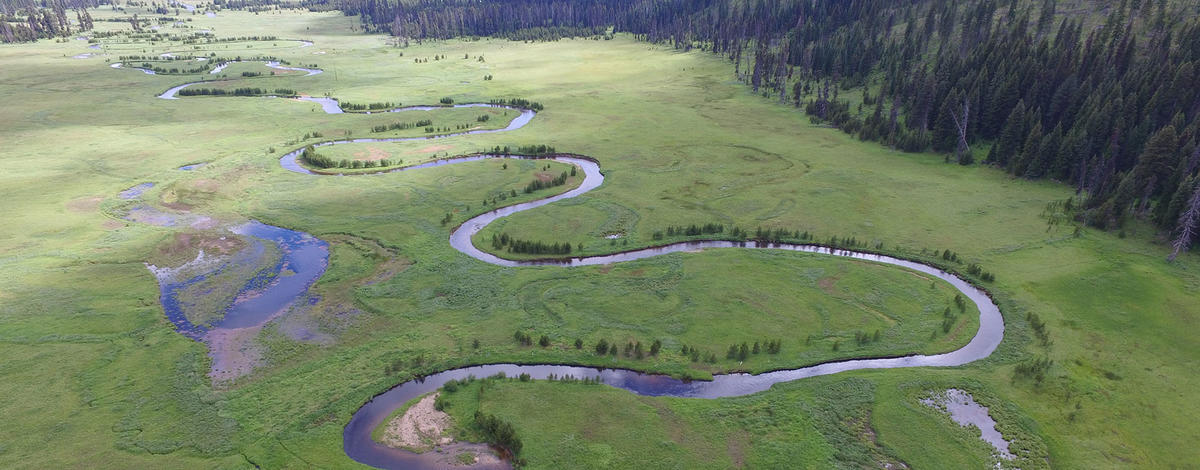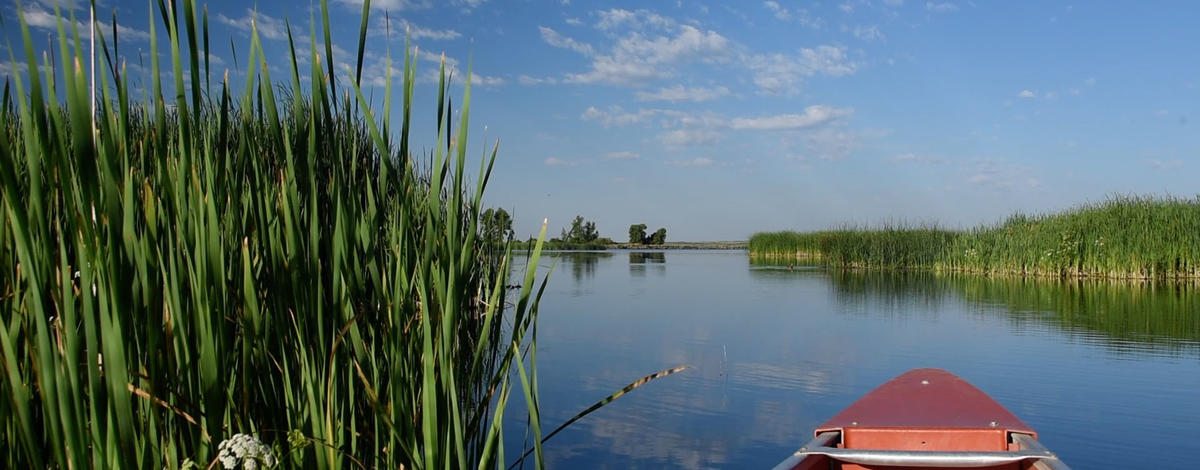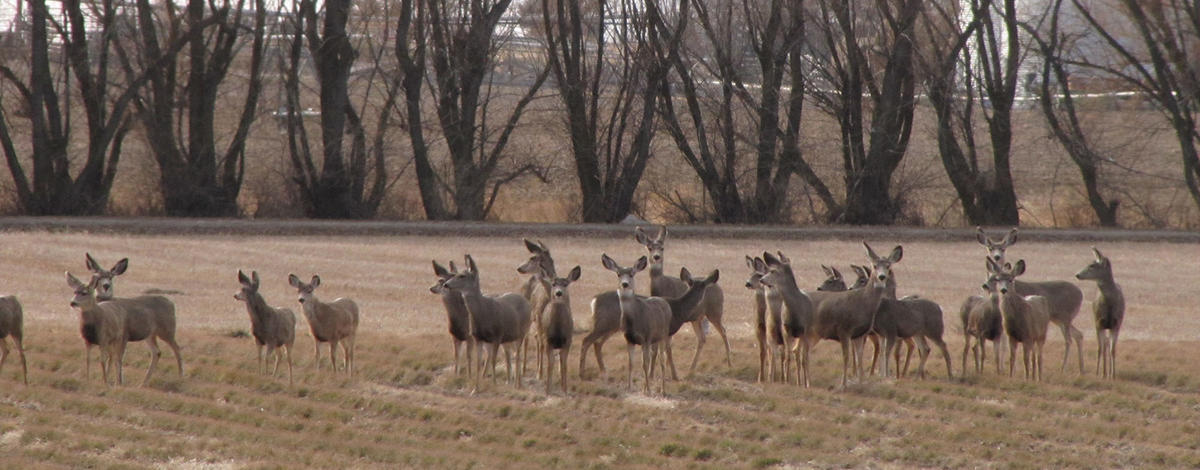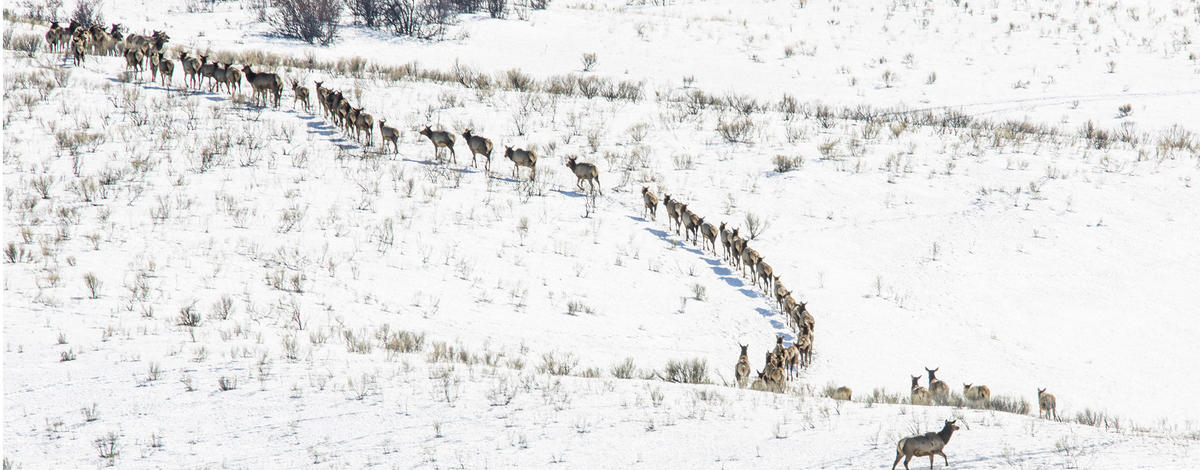Idaho's Wildlife Management Areas
Wildlife depend on Wildlife Management Areas to thrive in parts of Idaho. These parcels of land are managed to help wildlife when they are most vulnerable, like mule deer in the winter. WMAs also provide unique recreation opportunities for the public.
Visit a WMA
Idaho Fish and Game has 31 Wildlife Management Areas (WMAs), which range from 275 to 85,000 acres. Each has specific priorities based upon the needs of wildlife in the surrounding area.
Panhandle
Clearwater
Southwest
Magic Valley

People are welcome at WMAs
All WMAs provide and encourage use by sporting and general public. People can hunt, fish, trap, and view wildlife, as well as other compatible activities, such as horseback riding, hiking, and boating. Some WMAs host special events like fishing clinics, youth hunts, and bird watching tours.
During certain times of the year, some WMAs are closed to protect wildlife from disturbance. Find out more about use guidelines and learn about recreational opportunities by visiting specific WMA webpages.
During certain times of the year, some WMAs are closed to protect wildlife from disturbance. Find out more about use guidelines and learn about recreational opportunities by visiting specific WMA webpages.

Managing wildlife habitat
WMAs create habitat and security for wildlife. Fish and Game biologists manage these properties to improve forage and cover vegetation, plant food plots, fight noxious weeds, create wetlands, protect water quality, survey wildlife, and manage public access.
Many habitat restoration projects are made possible with the help of volunteers. If you are interested in habitat projects, contact a local Fish and Game office and talk to the WMA manager or biologist.
Many habitat restoration projects are made possible with the help of volunteers. If you are interested in habitat projects, contact a local Fish and Game office and talk to the WMA manager or biologist.

Creating a WMA
The story behind each WMA is often unique. Most were purchased with sportsmen dollars or through mitigation for loss of wildlife habitat elsewhere. On occasion, the property has been donated by private individuals or foundations. Regardless of their beginnings, all provide important habitat for wildlife.

